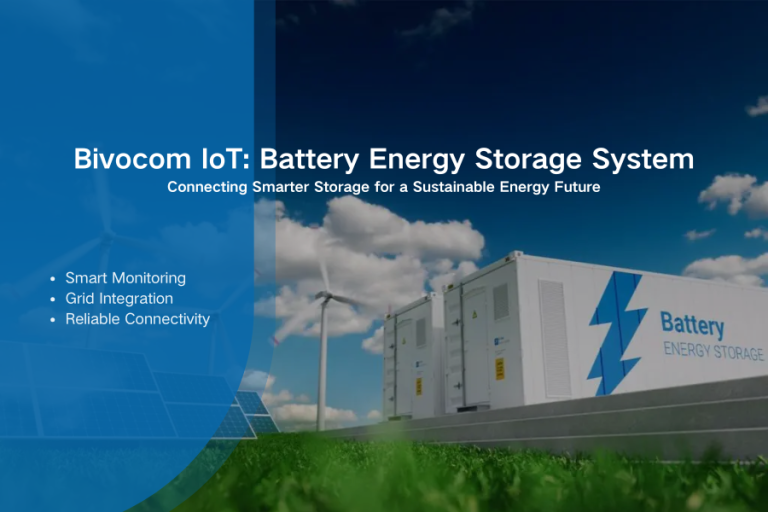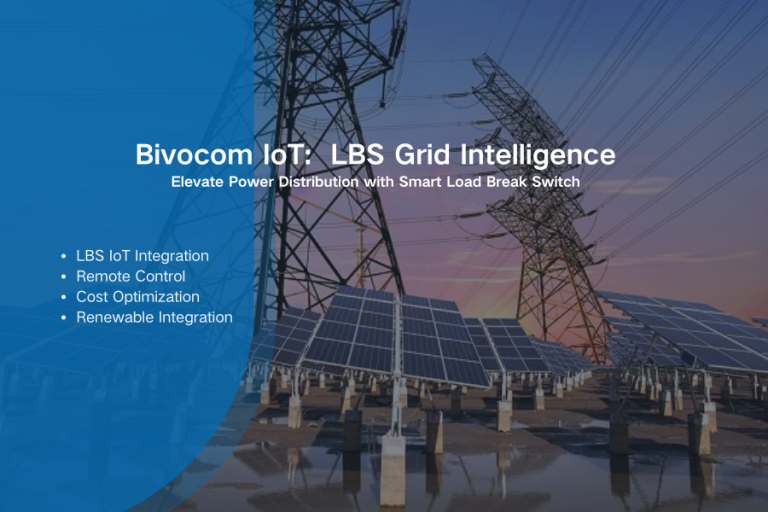How IoT Helps to Monitor Direct Methanol Fuel Cell-Based Renewable Energy Systems
Introduction
The growing demand for clean and sustainable energy solutions has propelled the development of innovative technologies like the Direct Methanol Fuel Cell (DMFC). DMFCs offer a promising method for energy generation, especially when combined with renewable energy sources. However, to maximize efficiency and ensure optimal performance, effective monitoring and management are essential. This is where the Internet of Things (IoT) plays a significant role. By integrating IoT technologies with DMFC-based renewable energy systems, users can gain real-time insights, enhance operational efficiency, and contribute to a more sustainable future.
Understanding DMFC and Its Benefits
Direct Methanol Fuel Cells utilize methanol as a fuel source, converting chemical energy directly into electrical energy through electrochemical reactions. Key benefits of DMFCs include:
- High Energy Density: DMFCs deliver more energy per unit volume compared to traditional batteries.
- Ease of Fuel Storage: Methanol is easier to store and handle than hydrogen gas.
- Environmental Friendliness: When produced sustainably, methanol can significantly reduce carbon footprints.
Applications of DMFC
Direct Methanol Fuel Cells (DMFCs) are primarily used in several applications due to their advantages in compactness, energy density, and ease of fuel handling. Here are the main areas where DMFCs are utilized:
1. Portable Electronics
- Mobile Phones: DMFCs can provide a longer operating time compared to traditional batteries.
- Laptops and Tablets: They offer an alternative power source for greater portability and reduced charging frequency.
- Cameras and Other Gadgets: Used in devices requiring reliable and compact power solutions.
2. Backup Power Systems
- Uninterruptible Power Supplies (UPS): DMFCs can serve as backup power sources for sensitive electronic equipment during outages.
- Remote Communication Equipment: They are useful in remote areas where regular power sources may not be available.
3. Transportation
- Fuel Cell Vehicles (FCVs): While hydrogen is more commonly used, DMFCs are being tested in niche applications such as small electric vehicles or specialized transportation systems.
- Bicycles and Scooters: Some experimental models utilize DMFCs for lightweight power solutions.
4. Military Applications
- Portable Power for Soldiers: DMFCs can provide lightweight, efficient power sources for communication devices and other electronic equipment in the field.
5. Micro-Grids and Remote Power Generation
- Hybrid Power Systems: DMFCs can be integrated into micro-grid systems to provide consistent power in remote locations.
- Renewable Energy Systems: They can be used to store and convert surplus renewable energy into usable power.
6. Research and Development
- Prototyping and Experimentation: DMFCs are often used in laboratories and research settings to explore new technologies and applications.
Overall, DMFCs are particularly valued in applications where lightweight, compact power sources are essential, especially in environments where traditional power sources are impractical.
The Role of IoT in Monitoring DMFC Systems
IoT encompasses a network of interconnected devices that communicate and exchange data over the internet. By incorporating IoT into DMFC-based renewable energy systems, several monitoring and management capabilities can be achieved:
1. Real-Time Data Collection
IoT-enabled sensors can gather crucial data on the performance of the DMFC system, including:
- Voltage and Current Levels: Monitoring output to ensure optimal energy generation.
- Temperature and Pressure: Critical parameters that affect the efficiency and safety of the fuel cell operation.
- Methanol Consumption Rates: Tracking fuel usage to optimize supply and conserve resources.
2. Predictive Maintenance
Using IoT analytics, potential issues within the DMFC system can be predicted before they escalate into serious problems. By analyzing historical data and identifying patterns, operators can schedule maintenance proactively, thereby reducing downtime and repair costs.
3. Remote Monitoring and Management
IoT allows for remote access to the DMFC system’s operational data. This capability enables users to monitor performance from anywhere, facilitating quick decision-making. Operators can identify issues, adjust settings, and perform diagnostics without requiring physical presence, which is especially valuable for remote installations.
4. Performance Optimization
With the data collected through IoT sensors, operators can analyze the efficiency of the DMFC system. Advanced algorithms can identify inefficiencies in real time, allowing for optimizations like:
- Adjusting fuel flow rates.
- Tuning operating parameters to match environmental conditions.
- Implementing energy-saving measures based on demand forecasting.
5. Integration with Smart Grids
DMFC systems can be integrated into smart grid networks, enabling seamless communication with other energy sources, such as wind or solar power. This integration supports:
- Dynamic Load Balancing: IoT can manage energy distribution based on real-time needs, enhancing overall grid reliability.
- Storage Management: Providing insights into when to charge energy storage systems, ensuring efficient energy use across the grid.
Conclusion
The integration of IoT with Direct Methanol Fuel Cell-based renewable energy systems holds immense potential for enhancing performance, reliability, and sustainability. With real-time data collection, predictive maintenance, remote monitoring, and smart grid integration, IoT enables operators to maximize the benefits of DMFC technology. As the world shifts toward cleaner energy solutions, leveraging IoT in fuel cell applications can pave the way for more efficient and sustainable energy systems. Together, DMFCs and IoT can contribute to a greener and more resilient future.




Comment